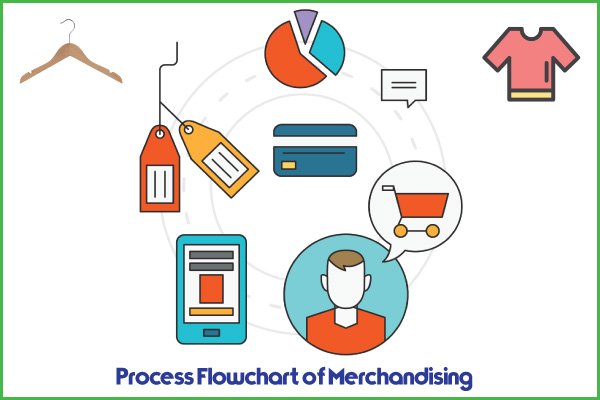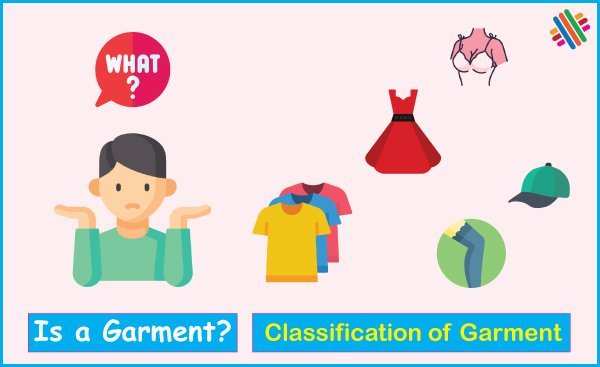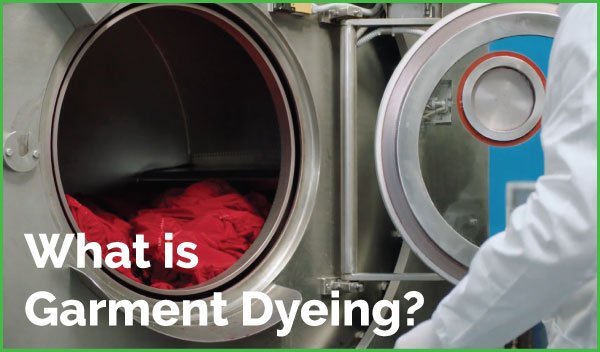Process Flowchart of Apparel Merchandising
Last updated on July 8th, 2023 at 01:51 am
The term ‘merchandising’ has always been a magic word and hot pick of the cake in the field of apparel and fashion merchandising. Most of the persons who want to pursue a career in the apparel field want to become a merchandiser. What makes this so much attractive and important is – reputation, responsibility and career growth. It involves all the activities right from A – Z communication to execution, in the apparel industry and the ‘Merchandiser’ is the person who takes care of all these activities.

A good merchandiser has the attributes of hard work, sincerity, loyalty, team work, manager, negotiation etc. Customer satisfaction and retention is mainly depends on effective and efficient merchandising.
Process Flowchart of Garment Merchandising
Receive Order Details
↓
Consumption Calculation
↓
Costing
↓
Negotiation
↓
Order Receiving
↓
L/C Receiving
↓
Back-to-Back L/C Opening
↓
Samples Developing and Approving
↓
Approval for Bulk Production
↓
Production Planning
↓
Start Bulk Production
↓
Line Inspection
↓
Final Inspection by Buyer
↓
Shipment to Buyer
Receive Order Details
The buyer gives the order details by email or phone. They typically include the order details, such as the products, quantities, sketch or picture, Spec sheet or measurement chart, and raw material details. Then the merchandiser reviews the email, confirms the order, and processes it accordingly.
Consumption Calculation
The consumption calculation of a garment refers to determining the amount of raw materials required to produce a single garment. This calculation is essential for estimating the fabric quantity, trims, and accessories needed for production planning, costing, and sourcing.
Costing
Costing is an essential task of a garment merchandiser to determine the overall production cost and set the selling price of the garment. It includes the bill of material (BOM), raw material cost, Labor Cost, Overhead Costs, Sample Development Cost, Transportation, Duties, Markup, Profit Margin, calculate Total Cost per Garment and Set Selling Price.
Negotiation
When a merchandiser and the buyer have a business negotiation for order confirmation, the objective is to reach mutually beneficial terms that satisfy both parties. It is a dynamic process requiring trust, adaptability, and skill. Every merchandiser tries to build a positive and collaborative relationship with the buyer for long-term success in negotiating favorable terms and maintaining a mutually beneficial partnership.
Order Receiving
After a successful negotiation has been completed, the merchandiser receives the order. This process involves efficiently and accurately capturing the details of an order placed by the buyer.
L/C Receiving
As a merchandiser, receiving a Letter of Credit (L/C) is a standard payment method for international transactions. The buyer and merchandiser typically agree to use an L/C as payment method.
The buyer Applies for an L/C to the issuing bank. Then the issuing bank reviews the buyer’s request and gives the L/C according to the agreed terms and conditions. The L/C is typically sent to the advising bank, which is known as the merchandiser’s bank. The advising bank receives the L/C from the issuing bank and verifies its genuineness. The advising bank may notify the merchandiser about the receipt of the L/C. Upon receiving the L/C, the merchandiser carefully reviews the terms and conditions to ensure they align with the agreed-upon terms.
The merchandiser prepares and submits the required documents to the advising bank, which examines them against the L/C’s terms and conditions. If the documents comply with the L/C requirements, the advising bank sends the documents to the issuing bank for payment. The issuing bank then releases the amount to the merchandiser, completing the transaction.
Back-to-Back L/C Opening
Back-to-back Letter of Credit (L/C) is a monetary mechanism typically used in international transactions when a merchandiser needs to purchase goods like fabric and accessories from a supplier using the proceeds of an L/C received from the buyer. Opening a back-to-back L/C involves coordination among three parties, including issuing bank, the supplier, and the advising bank.
Samples Developing and Approving
The sample development and approval process is an essential part of merchandising, allowing the merchandiser to showcase product designs to the buyer for evaluation and approval. It may involve multiple iterations until the buyer is satisfied with the developed samples and grants their approval.
Approval for Bulk Production
When the merchandiser develops the sample and gets approval from the buyer, the merchandiser also needs to obtain permission for bulk production from the buyer. By ensuring the garments meet all the required criteria of the buyer, the merchandiser secures approval for bulk production.
Production Planning
The merchandiser works with the production planning (IE) team to effectively plan and manage the production process, ensuring that orders are fulfilled within the specified timeline while maintaining quality standards.
Start Bulk Production
To start bulk production as a merchandiser, he must ensure all necessary preparations are in place. He re-confirms orders and specifications, quantities, sizes, colors, and any specific requirements the buyer provides. Then he set up the production area or line according to the order’s requirements. A pre-production meeting with the production team, quality control personnel, and other relevant stakeholders is done. After successful pre-production is in place, bulk production is started.
Line Inspection
Line inspection is an important quality control activity conducted during the bulk production of garments to ensure that the production process meets the required quality standards.
Final Inspection by Buyer
Final Inspection by the Buyer is a crucial task done by the buyer or a third party like BV, SGS, or ITS to ensure that the bulk production meets the buyer’s expectations.
Shipment to Buyer
The merchandiser needs to manage the garment shipment process, ensuring that the goods are delivered to the buyer’s location promptly and satisfactorily.




It would be nice to show this in a flowchart rather than in a flow diagram.